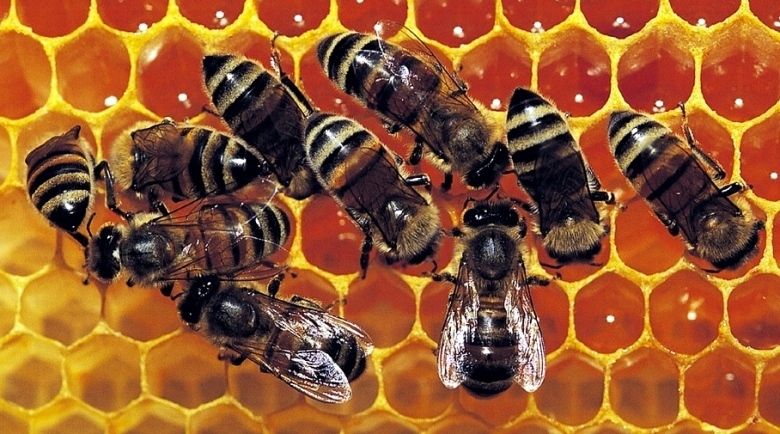
For years, science fiction and robotics research have envisioned fleets of tiny, bug-sized drones working together autonomously. However, these lightweight drones often lack the processing power and carrying capacity seen in larger robots. Researchers at Delft University of Technology (TU Delft) in the Netherlands have found inspiration in ants to overcome this challenge.
Ants are known for their impressive navigation skills, capable of traveling significant distances without getting lost. They likely use a “snapshot model,” where they mentally store images of their environment to navigate. This concept inspired TU Delft researchers to develop a new approach for tiny drones.
In a study published on July 17 in Science Robotics, the team tested a 56-gram drone equipped with a small camera and minimal processor. They created an indoor obstacle course with strategically placed snapshot images, allowing the drone to navigate with minimal memory usage—just 0.65 kilobytes. The drone successfully used these visual snapshots to traverse the course and return to its starting point.
The researchers liken the snapshot technique to Hansel and Gretel’s breadcrumb trail, where the snapshots serve as visual markers for navigation. This method could enable small drones to operate autonomously in environments where GPS is unavailable, such as remote areas or urban spaces.
The findings suggest that insect-inspired navigation could be practical for a range of applications, including monitoring crops, warehouse inventory, and search and rescue missions. This research adds to the growing trend of bio-inspired robotics, drawing from animal behavior to improve robotic capabilities.
